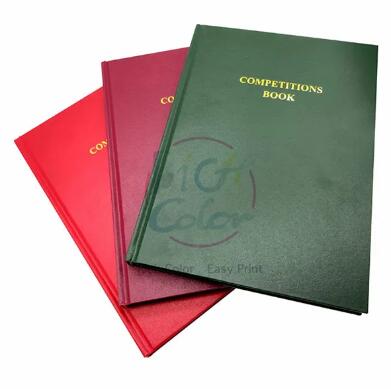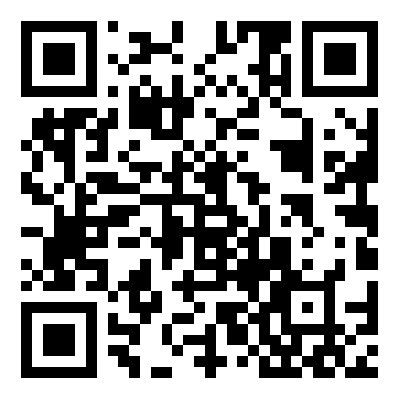The Art of Leather Organizer Planner Printing: Tips, Trends, and Techniques
2024-11-05
Leather planners are a timeless tool for organization and productivity. What sets a leather organizer apart is its durability, luxurious feel, and the possibility of customization. One of the most popular ways to make a leather planner unique is through printing. From debossing to screen printing, the world of leather organizer planner printing is vast and filled with creative possibilities. In this blog, we’ll explore the most popular printing techniques, current trends, and practical tips for getting the most out of your leather planner.
Popular Printing Techniques for Leather Organizers
Let’s take a deeper dive into the most popular printing techniques used to customize leather planners, ensuring they meet your needs and preferences.
1. Debossing: Elegant and Minimalist
Debossing is one of the most commonly used techniques for leather planners. It involves creating a recessed design on the surface of the leather by pressing a metal die into the material. The result is a subtle, sophisticated mark that’s understated but elegant. Debossing is often used for brand logos, initials, or simple designs.
Pros:
- Timeless and classy look.
- No ink or dye required, making it long-lasting.
- Perfect for corporate branding or personal initials.
Cons:
- Limited to monochromatic designs (no color).
- May not be as visually striking as other methods.
2. Foil Stamping: Adding a Touch of Luxury
Foil stamping adds a shiny, metallic finish to your planner, making it look more high-end. This method uses heat to transfer metallic foil onto the surface of the leather. It’s an excellent technique for logos, names, or decorative flourishes.
Pros:
- Creates a shiny, eye-catching finish.
- Available in different metallic colors (gold, silver, rose gold, etc.).
- Adds a premium, luxurious look.
Cons:
- Less durable than debossing since the foil can wear off over time.
- Not ideal for complex designs.
3. Laser Engraving: Precision and Detail
Laser engraving is a cutting-edge technology that uses a focused laser to etch precise designs onto the leather’s surface. This technique offers high accuracy and can produce very detailed, intricate designs, including logos, illustrations, and even text.
Pros:
- Ideal for detailed artwork or logos.
- Creates a permanent, precise design.
- Allows for high customization.
Cons:
- Limited to designs that can be etched (less suited for colored prints).
4. Screen Printing: Vibrancy and Flexibility
Screen printing is one of the most versatile methods of leather printing, allowing for vivid, multi-colored designs. Ink is applied to the leather through a mesh screen, with each color being applied separately. This method is great for bold logos or creative designs that require more detail.
Pros:
- Works well for vibrant, colorful designs.
- Allows for multi-color prints.
- Great for detailed, graphic designs.
Cons:
- Less durable than debossing or laser engraving.
- May fade over time with extensive use.
Current Trends in Leather Organizer Planner Printing
1. Personalization Is Key:
The most significant trend in leather planner printing today is personalization. Whether it’s adding initials, a special quote, or a custom design, more people are looking for unique ways to express themselves through their planners. Personalized planners make great gifts and help individuals connect with their daily organizational tools.
2. Sustainable Materials:
As sustainability becomes more of a priority, many companies are opting for eco-friendly, sustainable leather alternatives. Printing on these materials allows you to create high-quality, eco-conscious planners that are just as stylish and functional as their traditional counterparts.
3. Minimalist and Monogrammed Designs:
While bold, graphic designs are still popular, there’s a growing trend toward minimalist and monogrammed planners. Simple initials or small logos are being debossed or foil-stamped onto the leather, creating a sophisticated and understated look.
4. Custom Artwork and Illustrations:
Many brands are embracing custom artwork and illustrations as part of their planner design. Whether it’s a hand-drawn logo or a bespoke pattern, these unique illustrations add a personal touch that makes a leather planner truly one-of-a-kind.
Practical Tips for Printing on Leather Planners
1. Choose the Right Leather:
The quality of the leather affects the final result of the printing process. Choose a high-quality leather that can withstand the pressure of debossing or the heat of foil stamping without losing its texture or color.
2. Keep It Simple:
Especially for debossing or embossing, it’s important to choose designs that work well with the method. Simple text or logos tend to look more elegant and professional. Complex images might not translate well, so keep your designs streamlined.
3. Consider the Planner’s Purpose:
If you’re printing a planner for a professional setting, consider opting for subtle, elegant designs (like debossed logos or initials). If it’s for personal use, feel free to explore more vibrant and creative designs that reflect your personality.
4. Test Prints:
Before going into full production, ask for test prints to ensure that the design looks as expected on the leather. This helps avoid costly mistakes and ensures that you’re happy with the final product.
Leather organizer planner printing is a powerful way to add a personal or professional touch to your planner. Whether you’re using debossing for a subtle, elegant look, or opting for foil stamping to create a luxurious, eye-catching design, there are numerous ways to make your planner truly yours. By understanding the available techniques, current trends, and practical tips, you can create a planner that’s not only functional but also a reflection of your personal style or brand.



